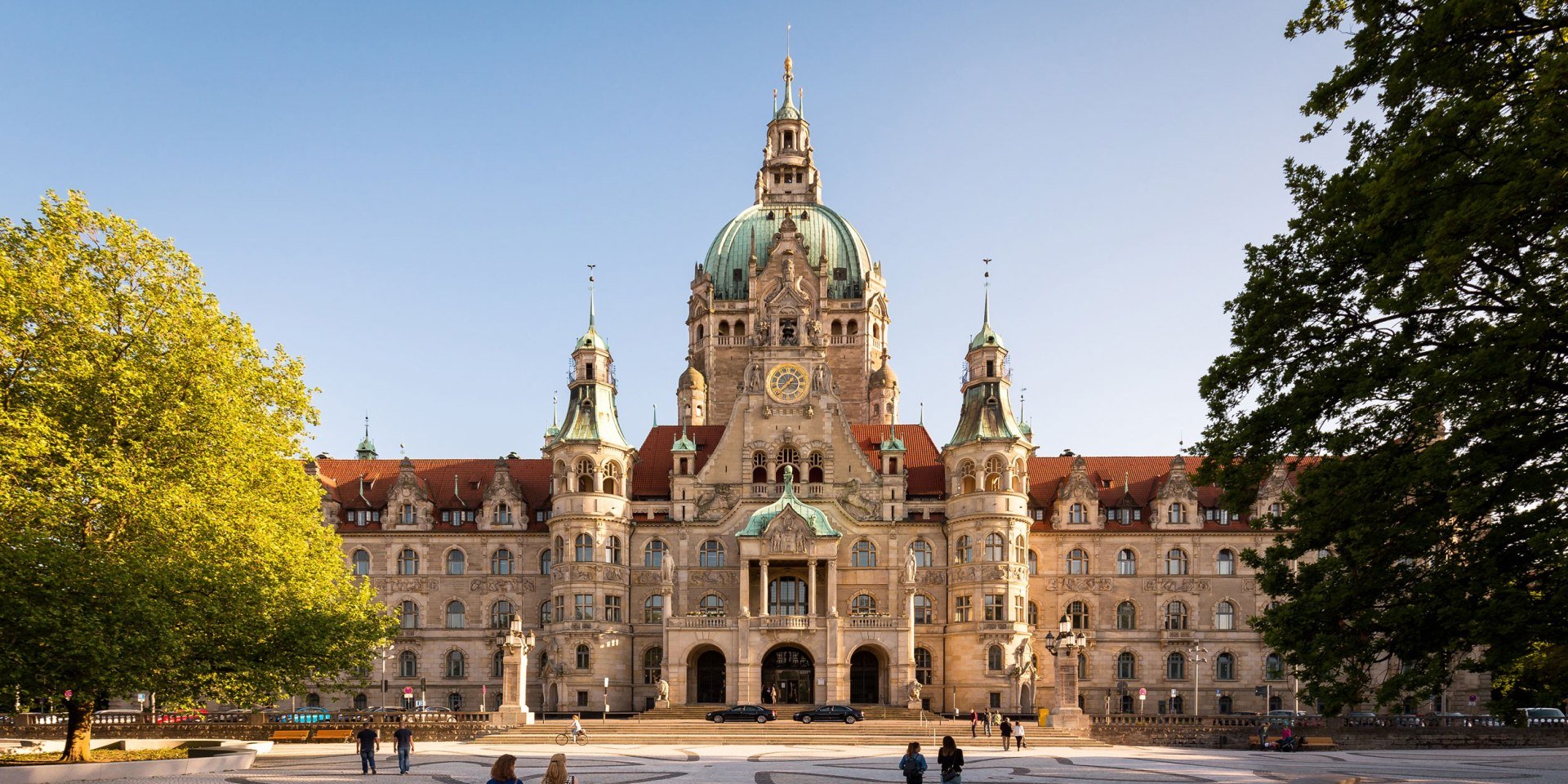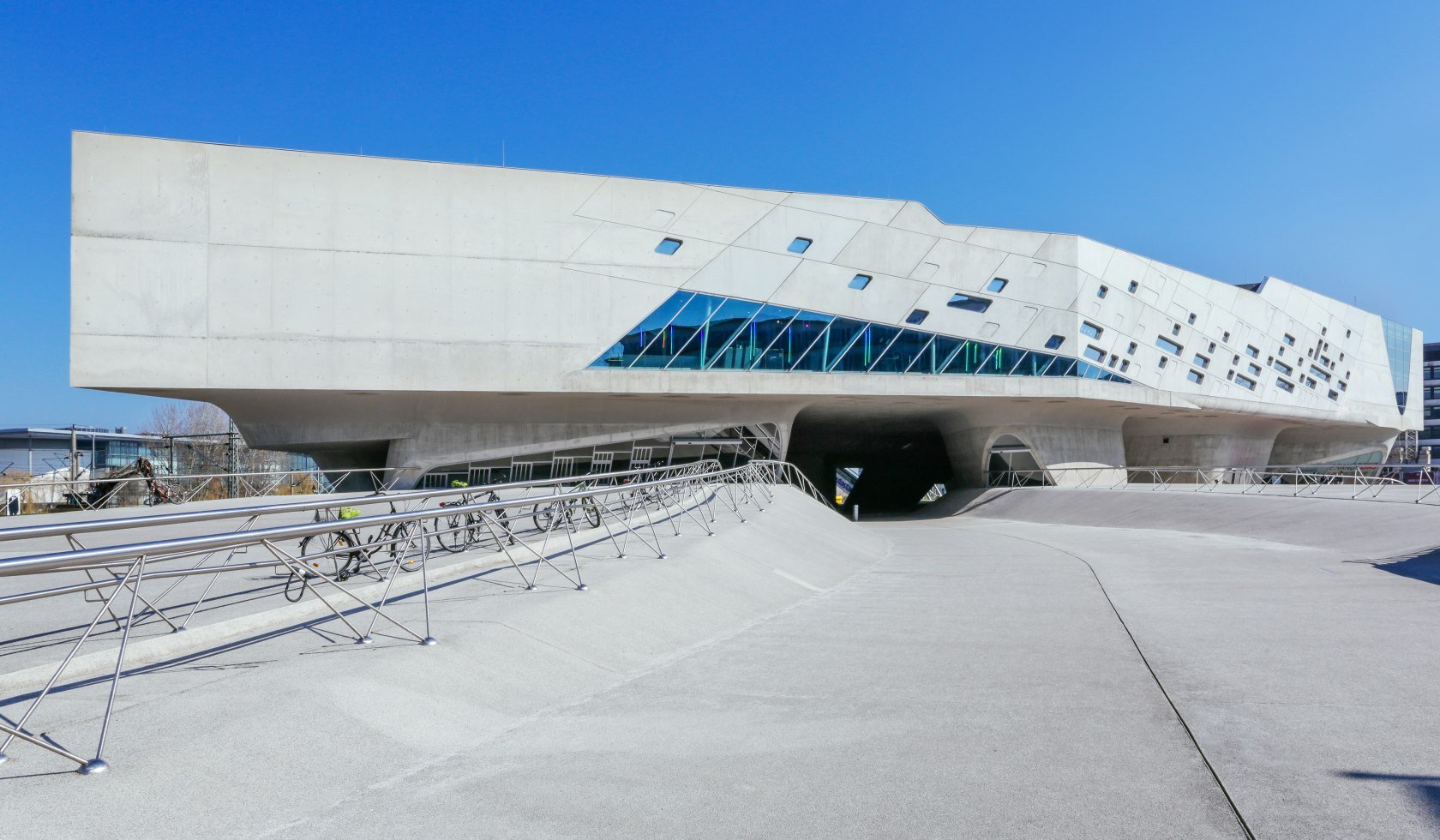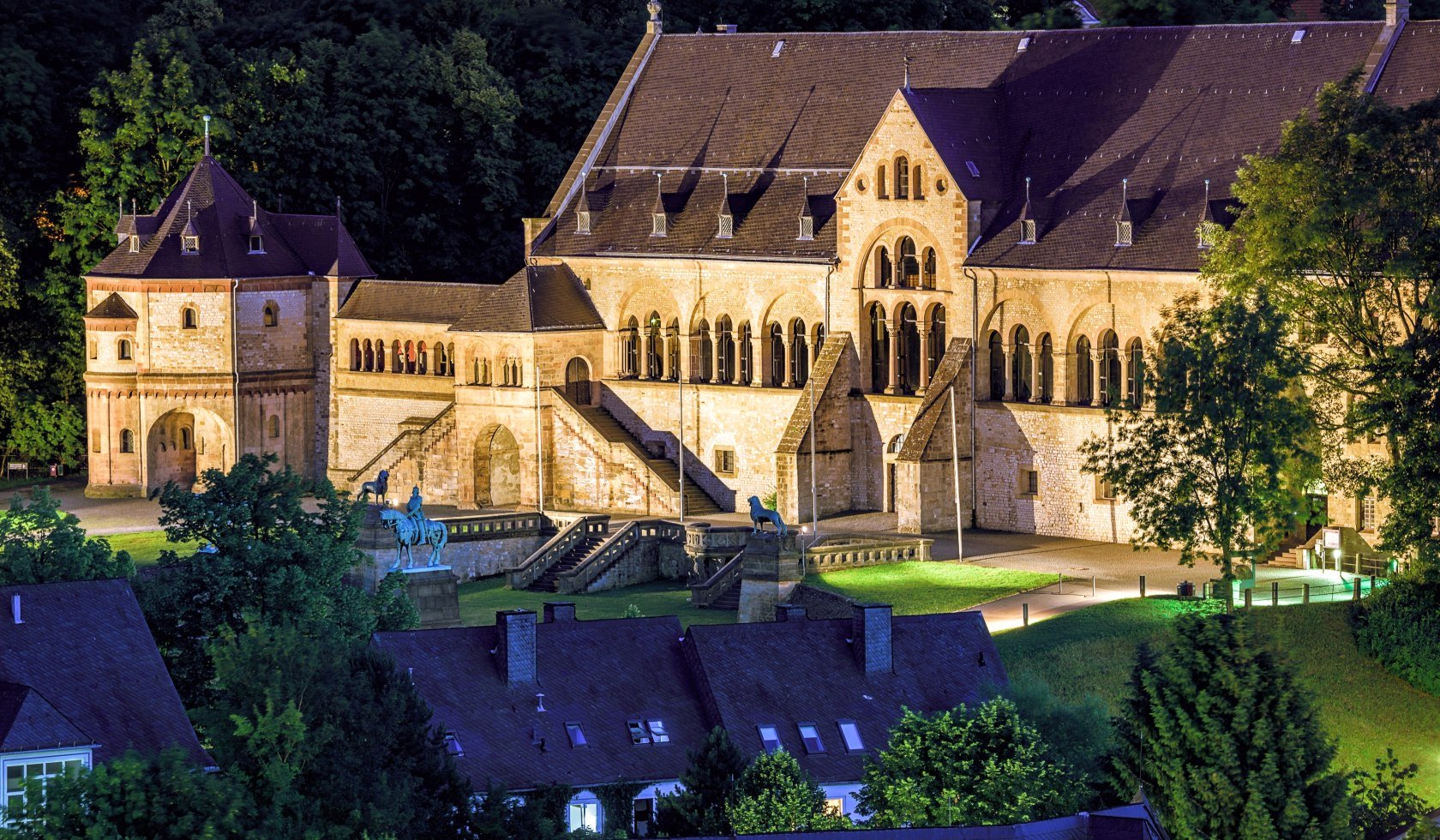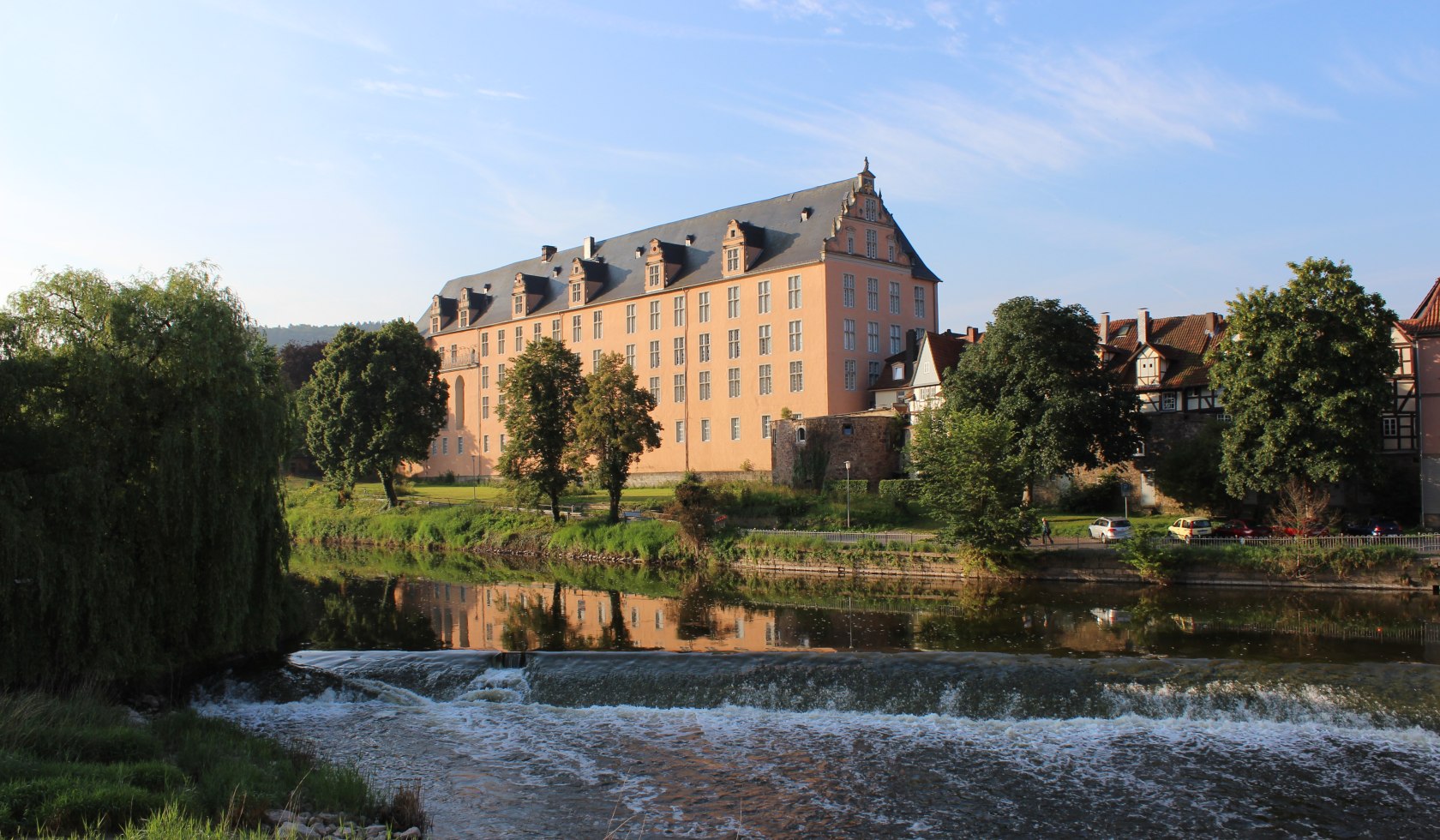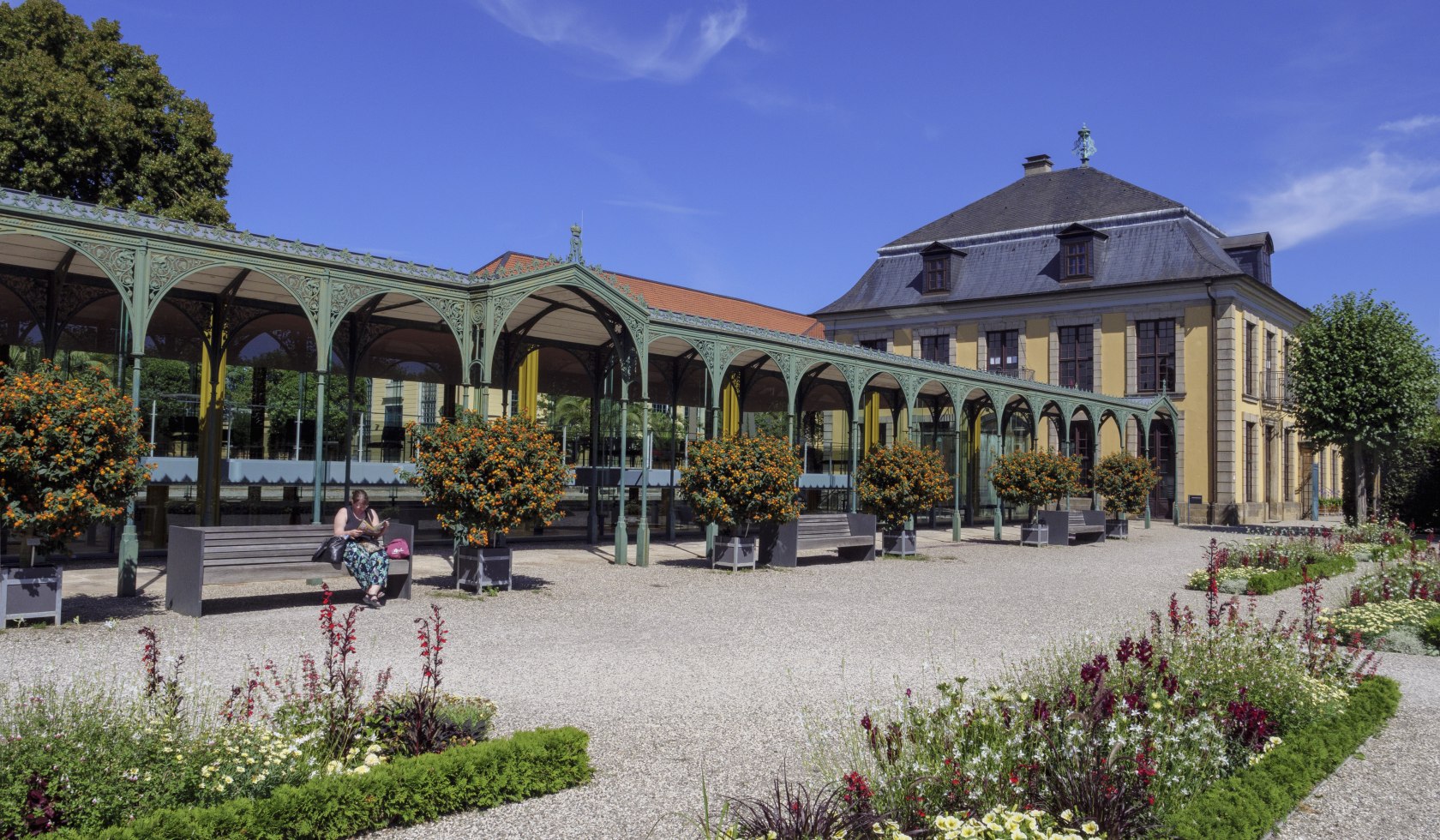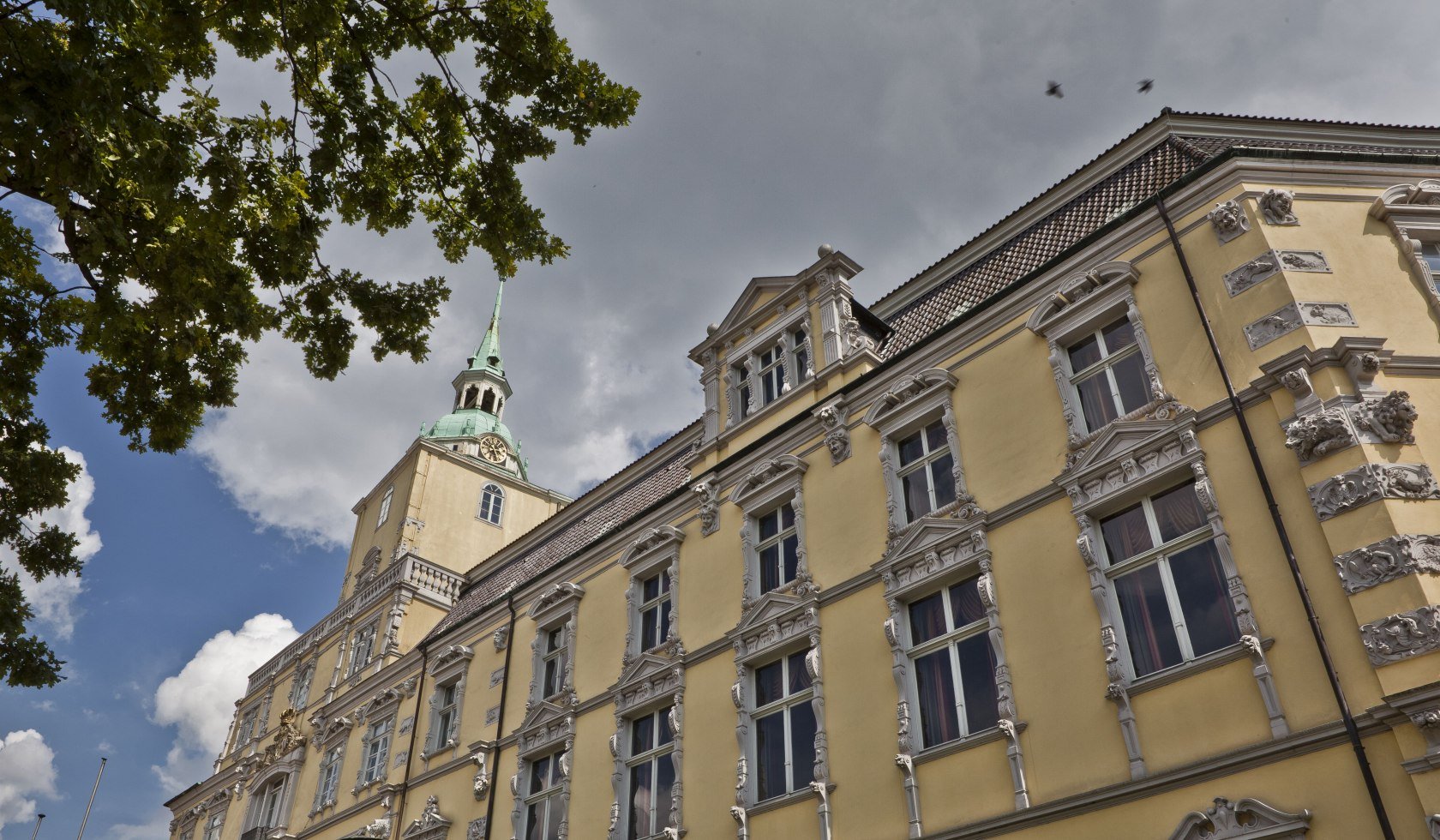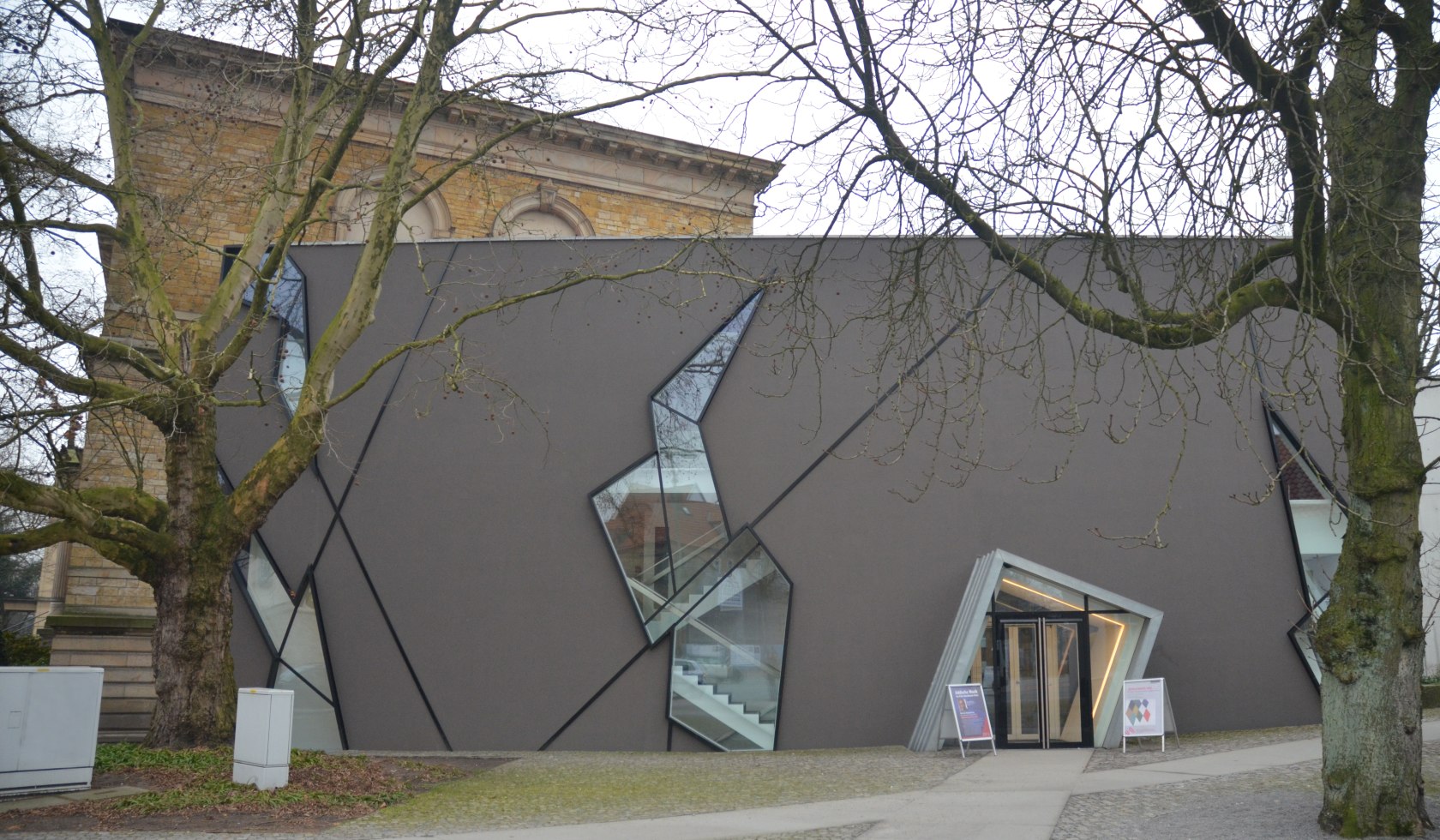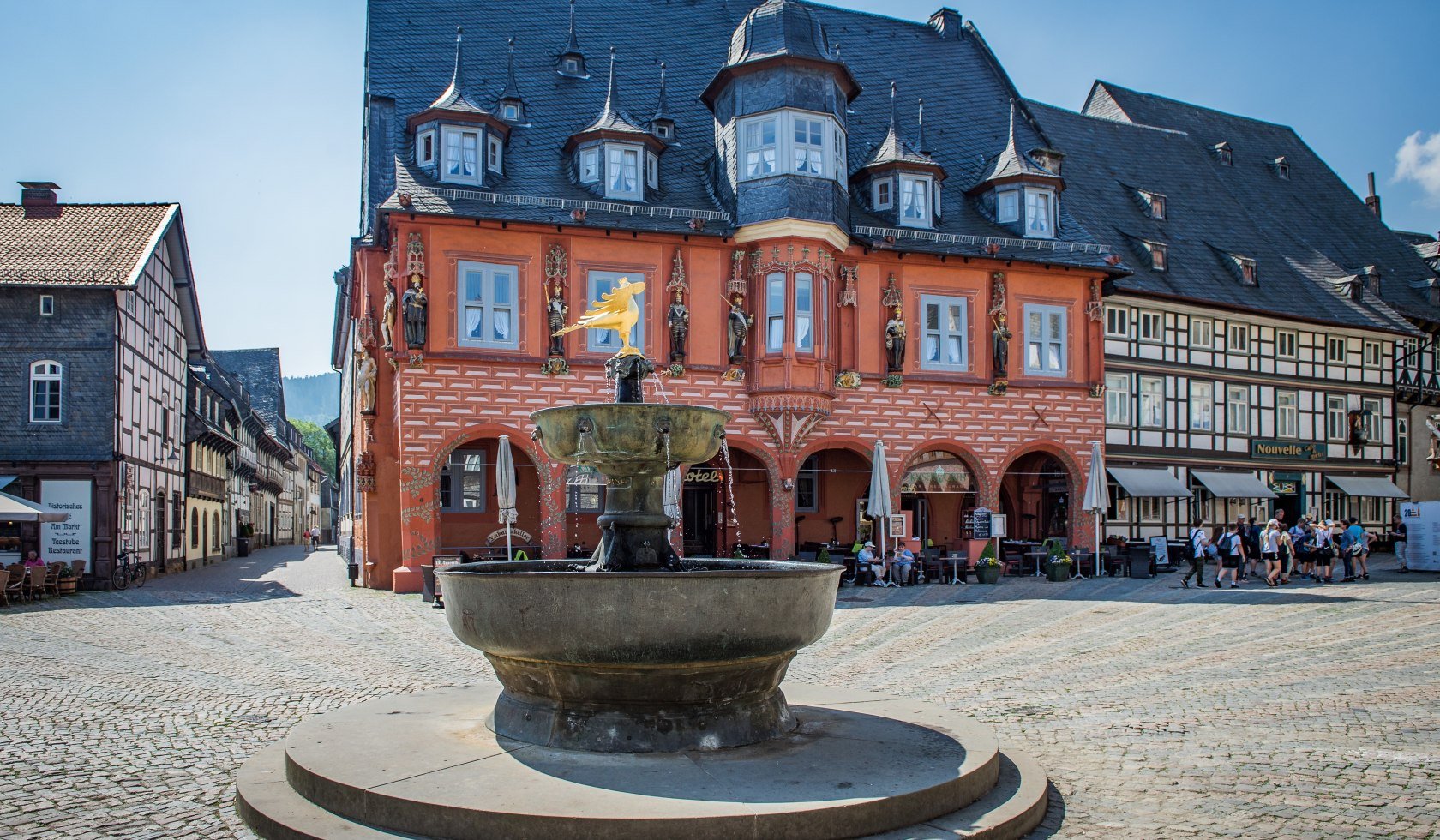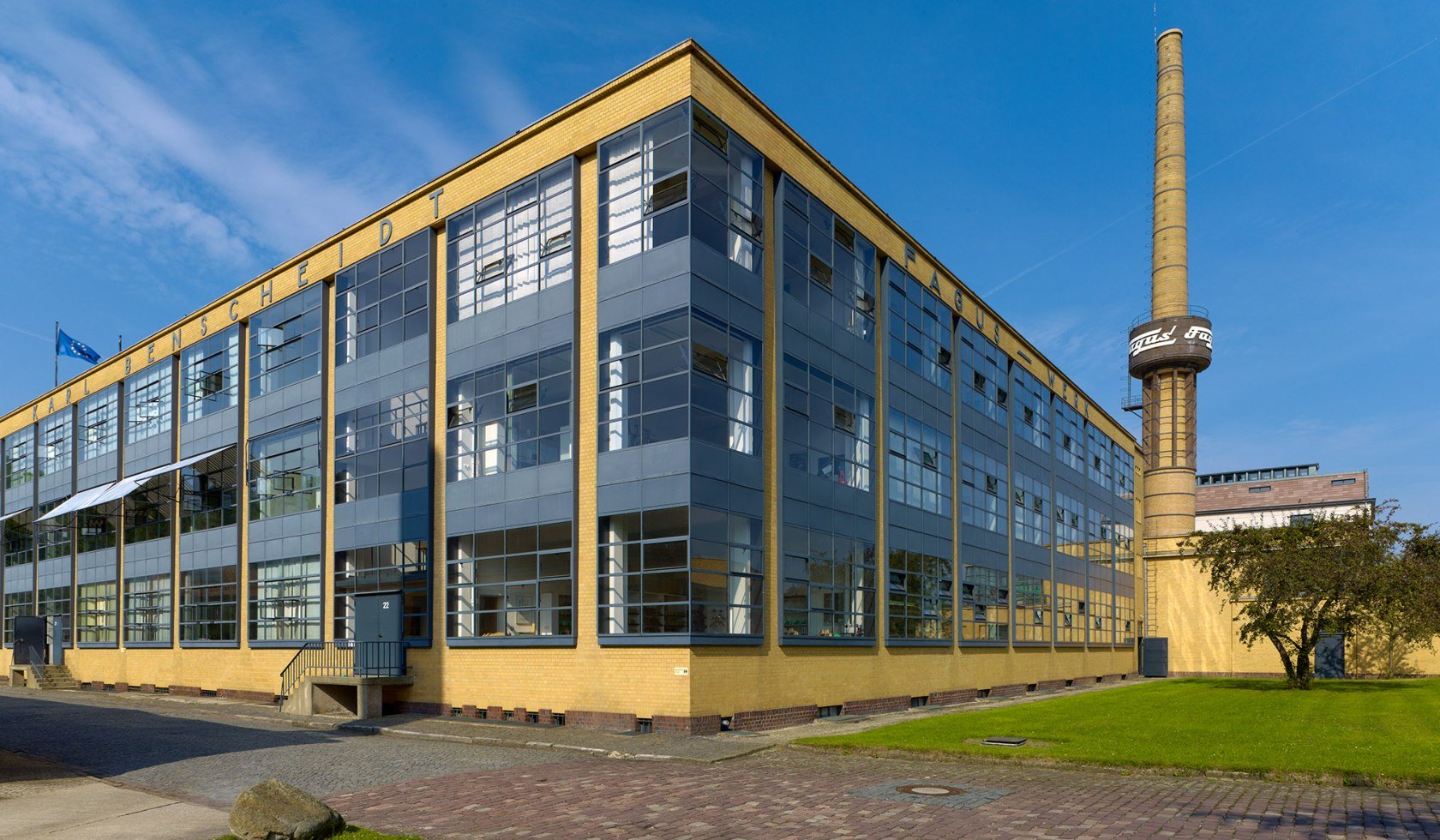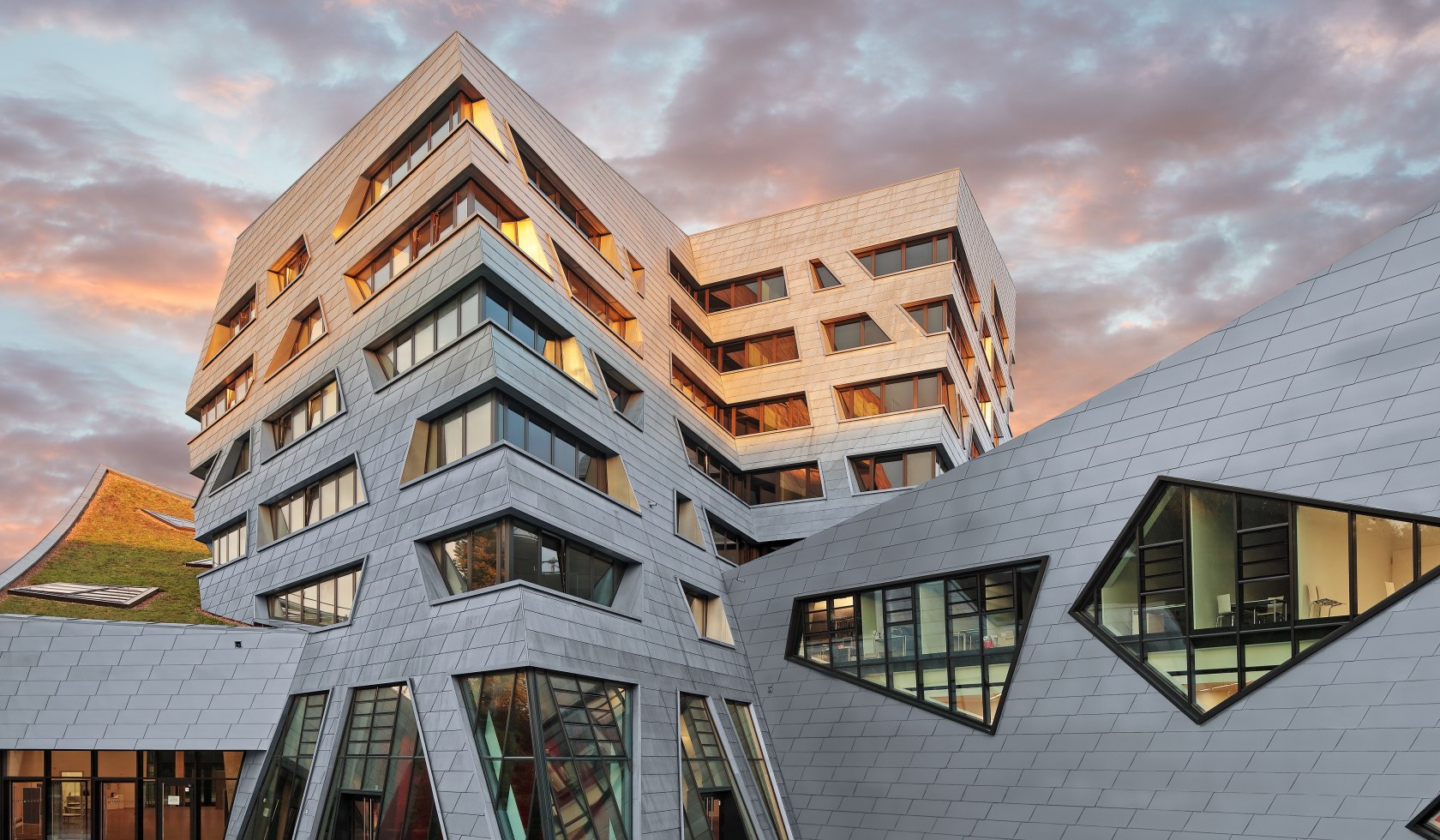Buildings that will excite any architecture lover!
Are you interested in architecture, town layouts and beautiful buildings? We present the 10 most significant architectural highlights of Lower Saxony!
Lower Saxony offers a broad range of architectural sights, including:
- Romanesque buildings such as the Kaiserpfalz in Goslar or St Michael’s Church in Hildesheim
- Late Baroque Richmond Castle in Brunswick and the historicist New Town Hall in Hanover
- Modern Bauhaus style at the Fagus Factory in Alfeld


